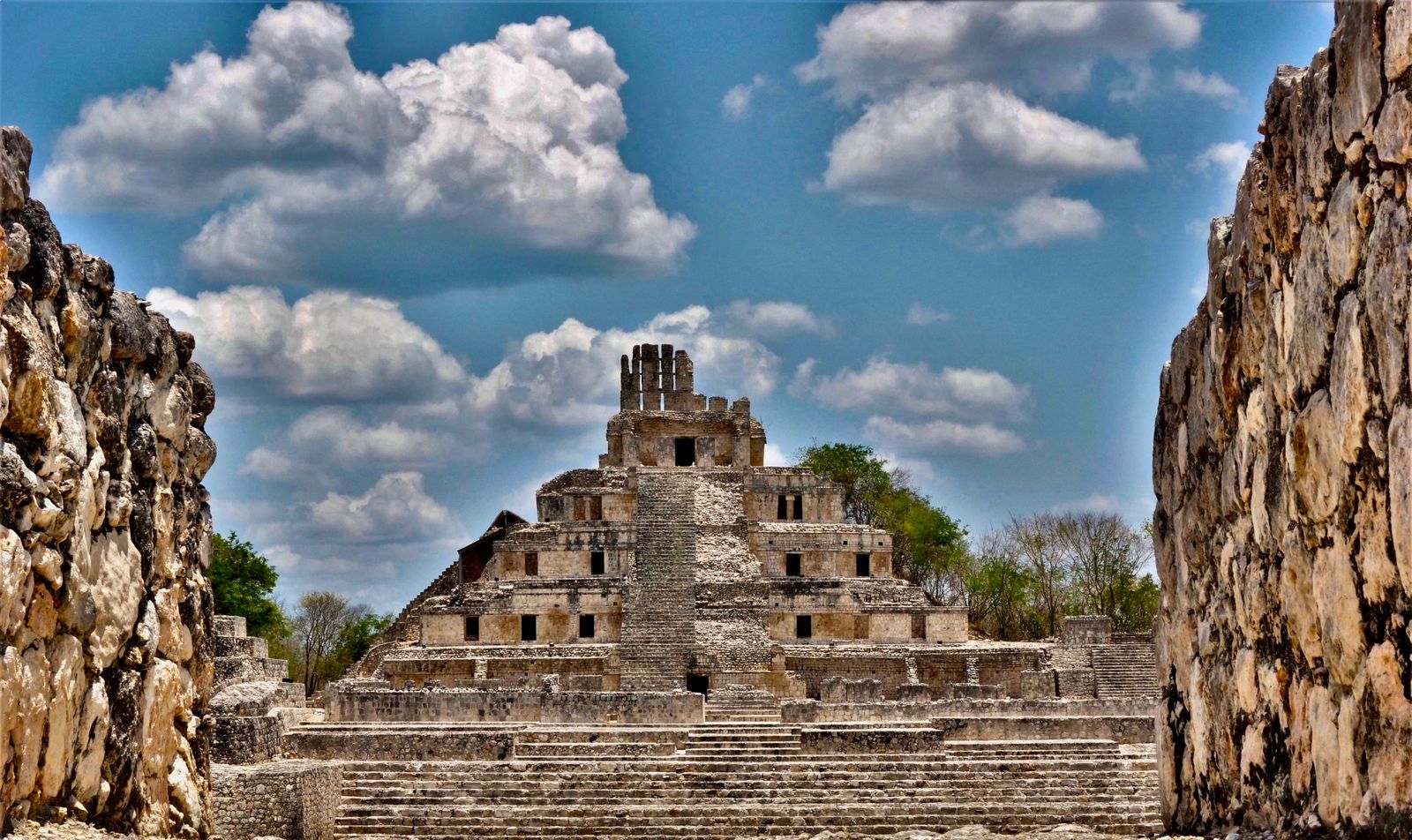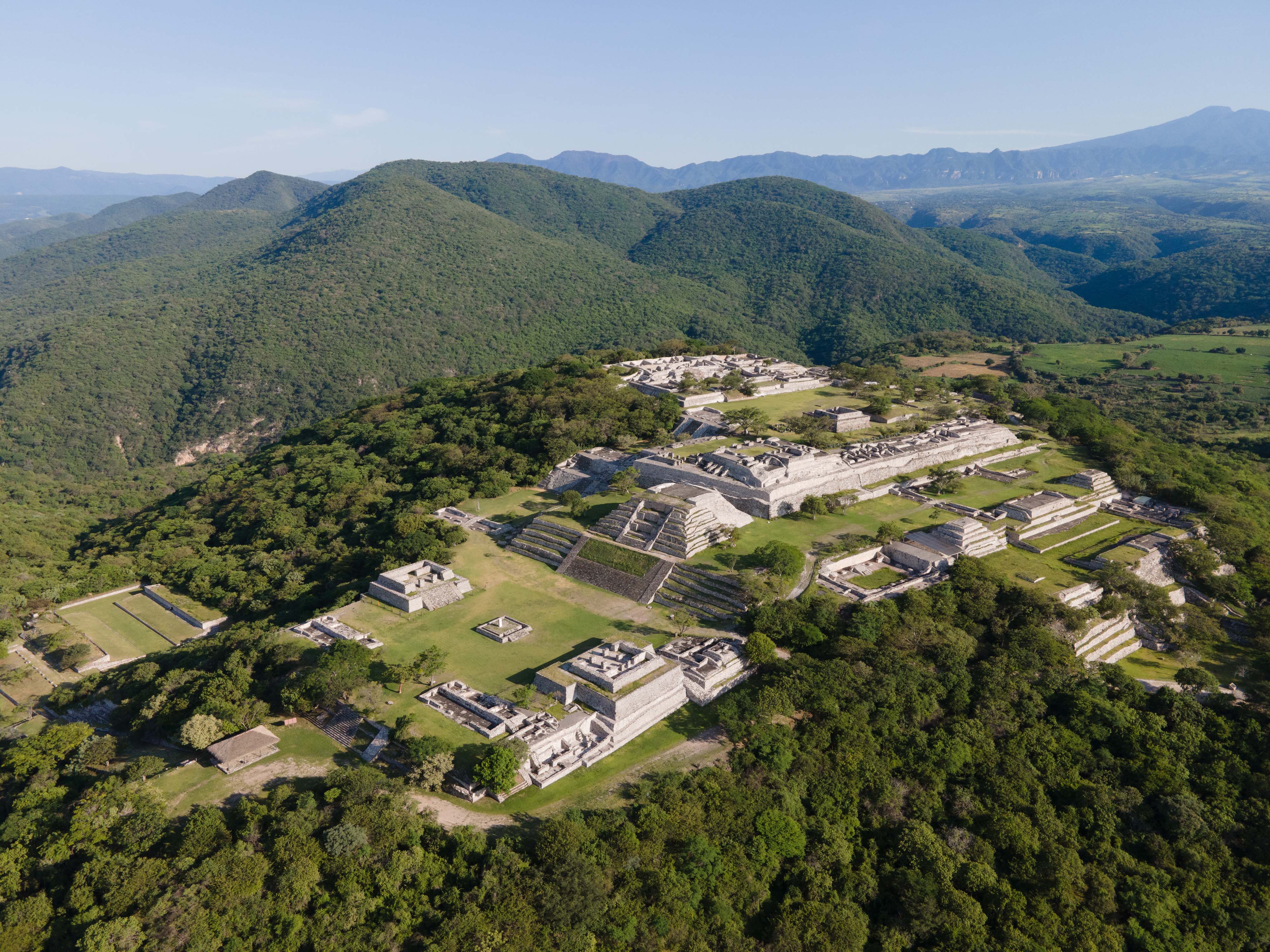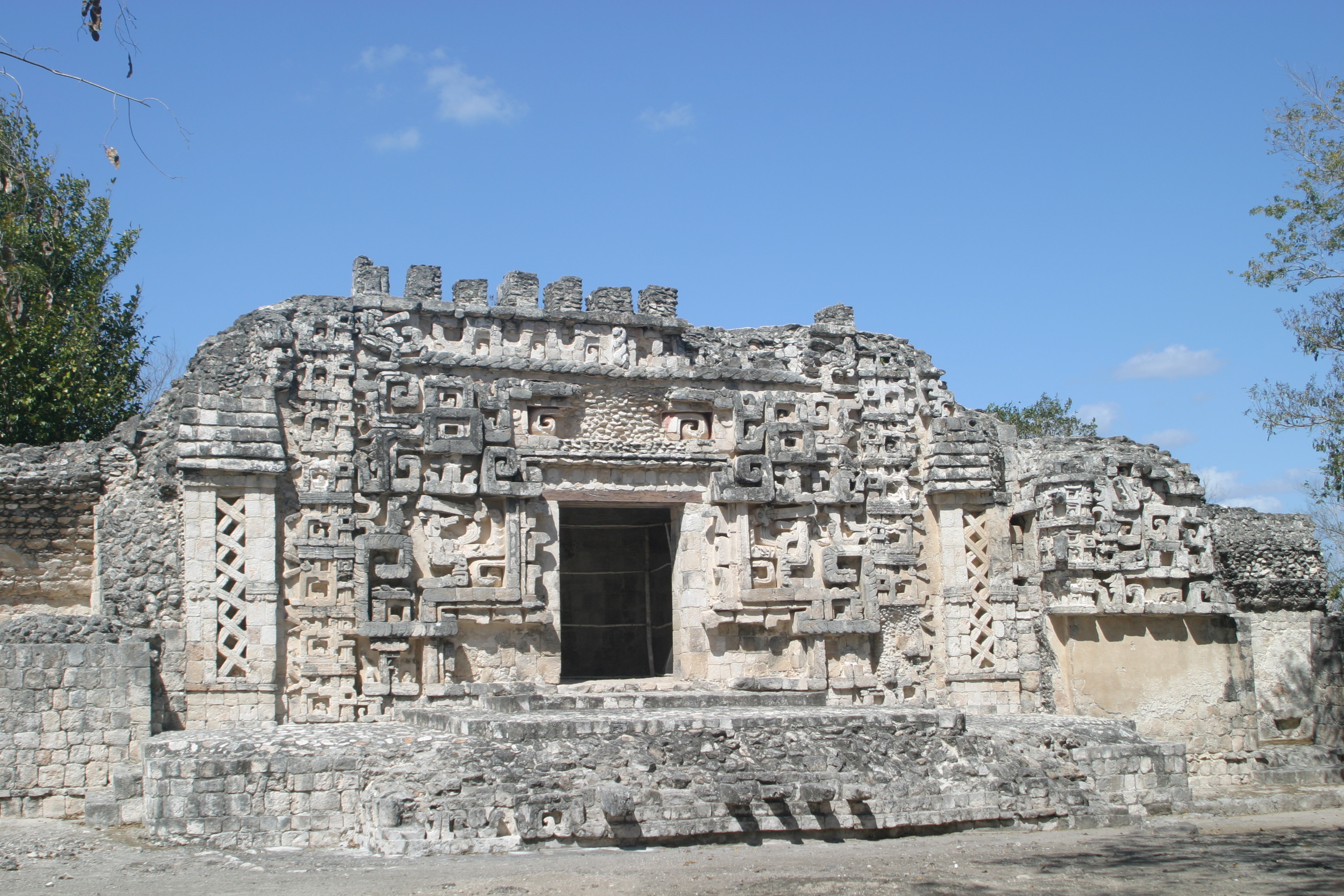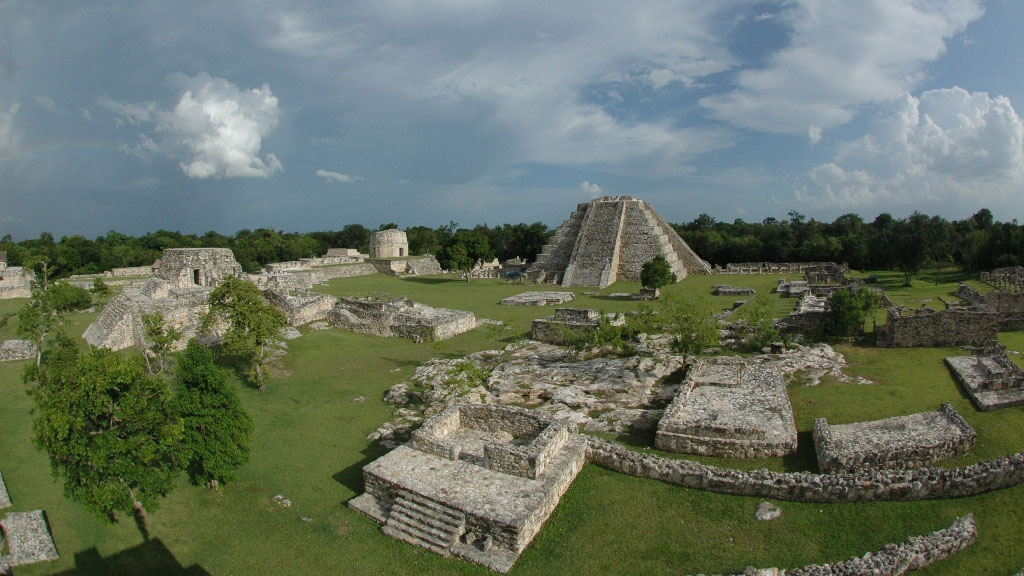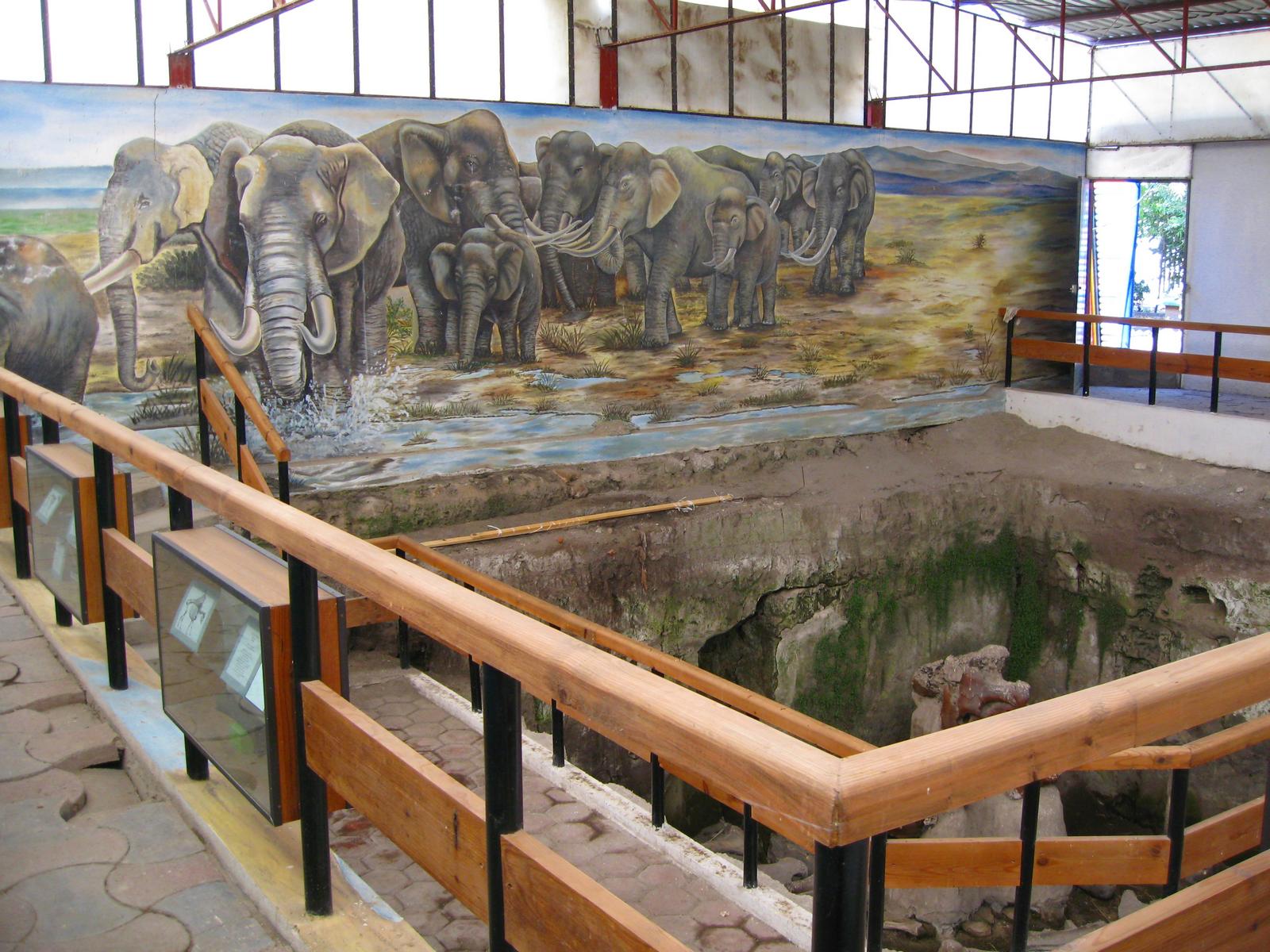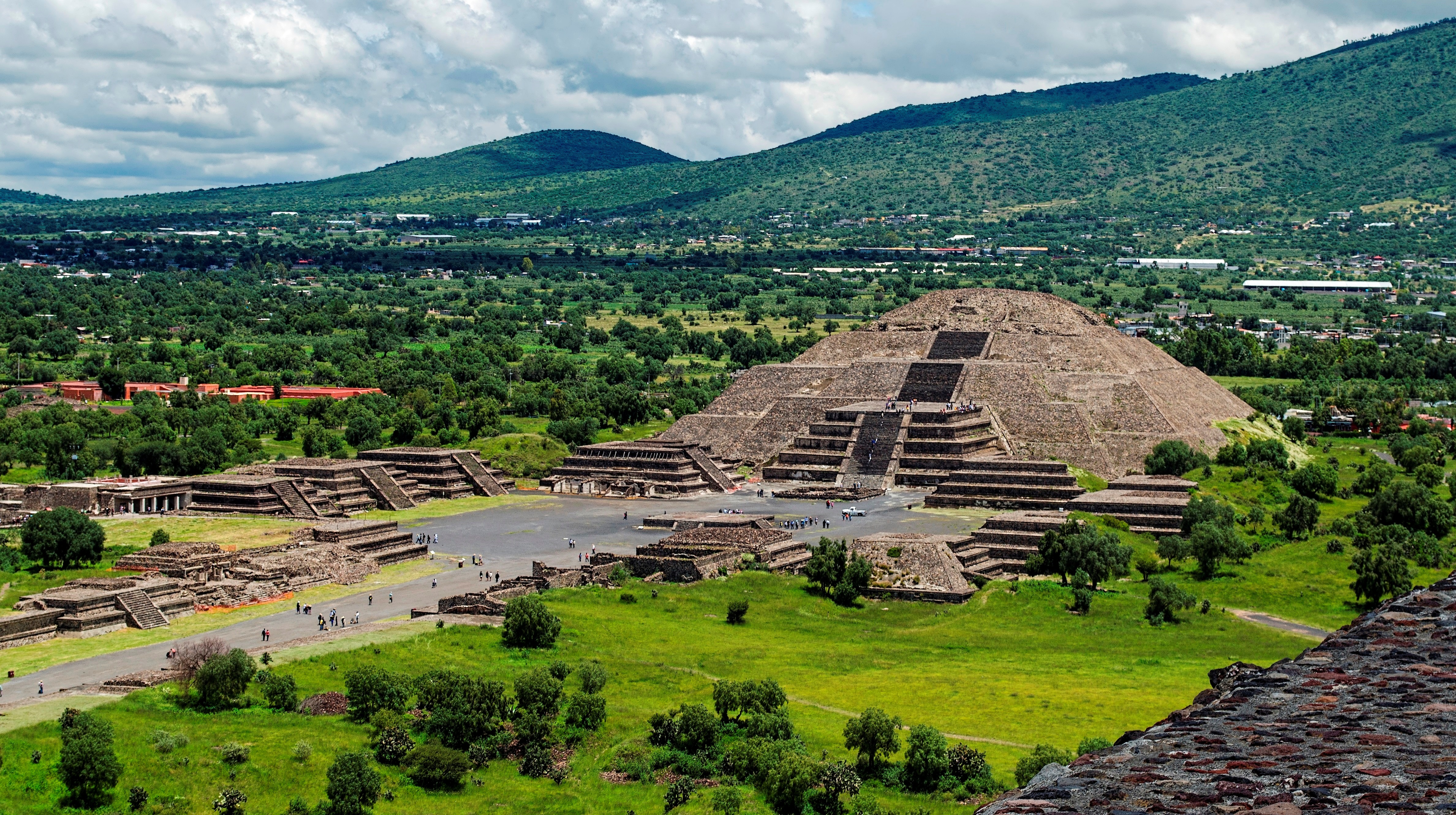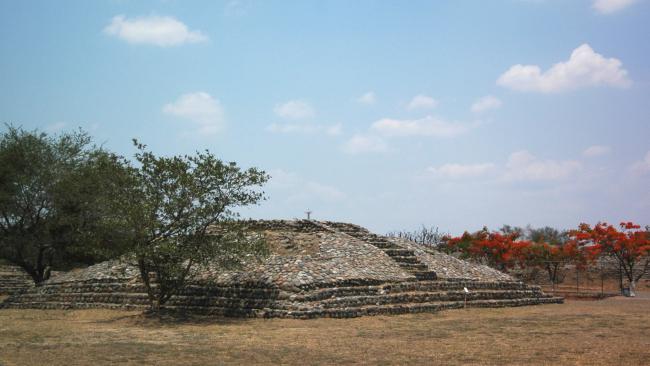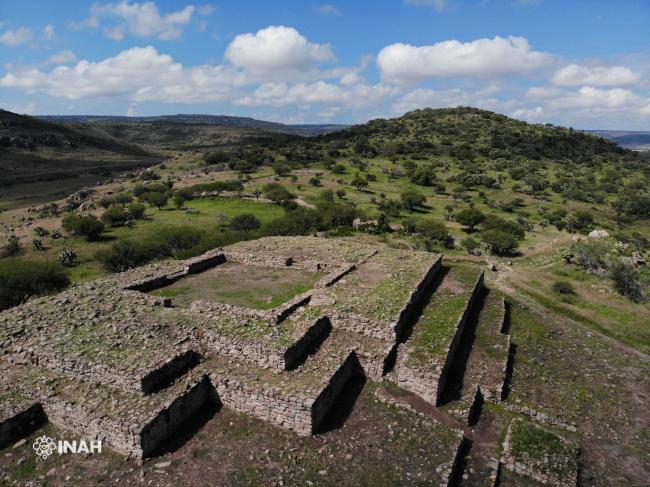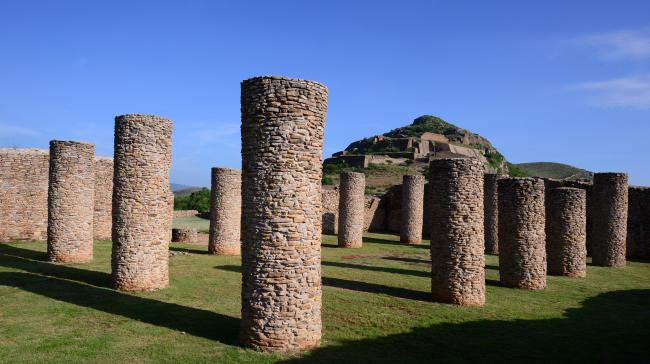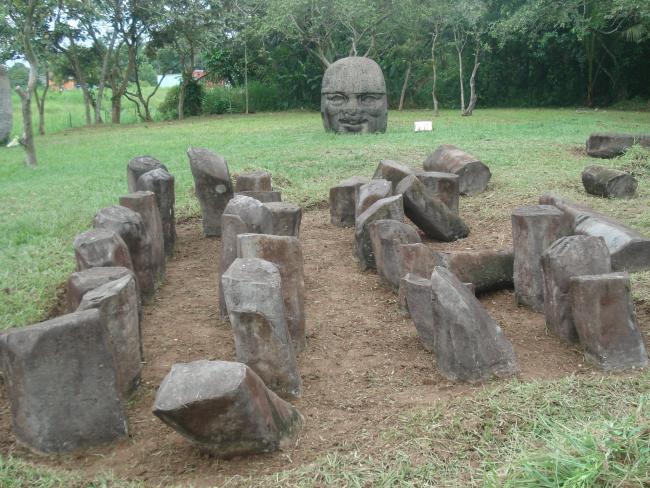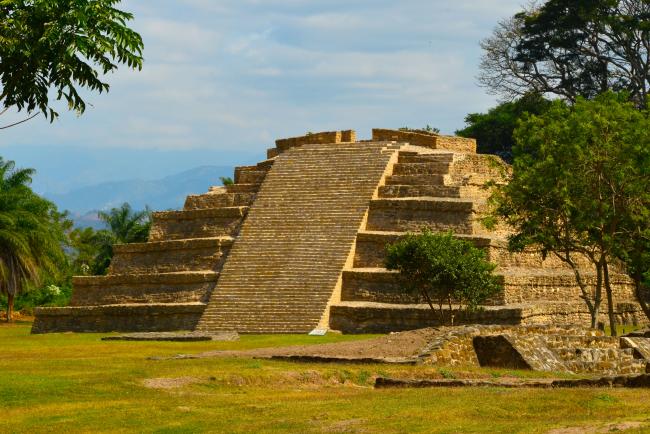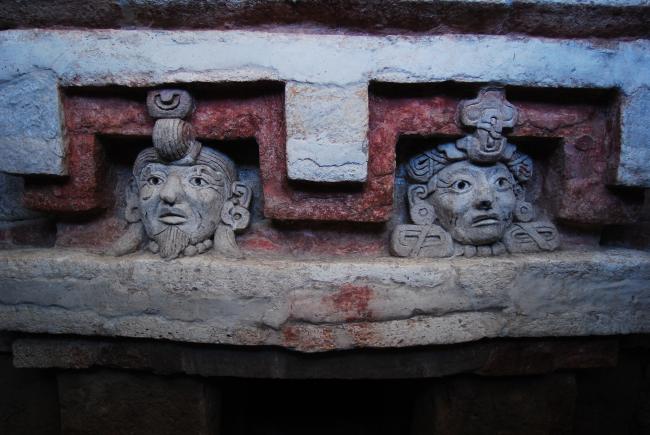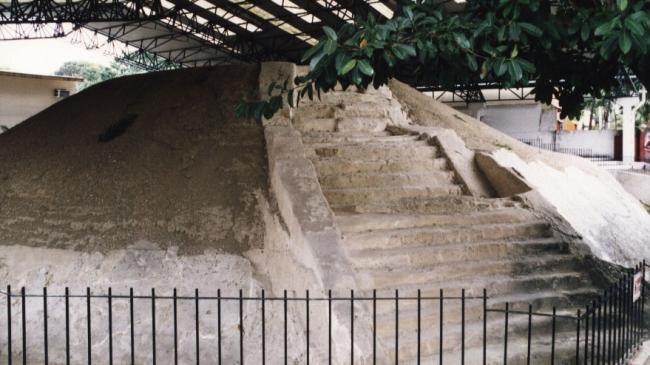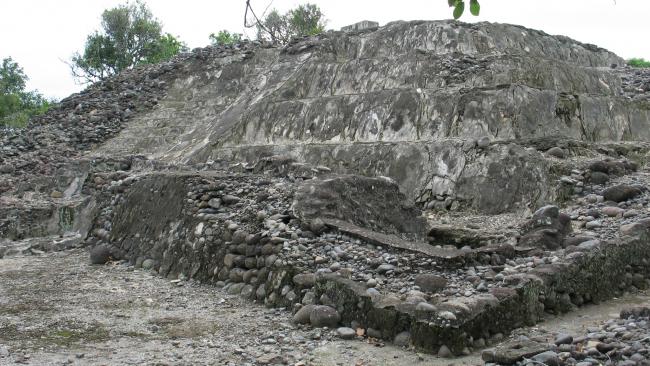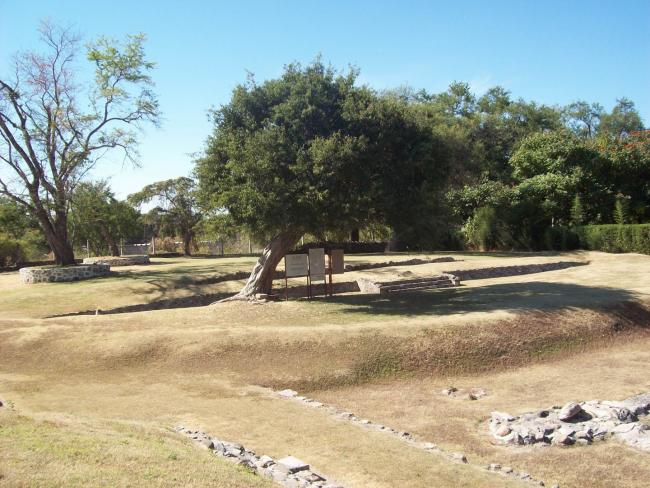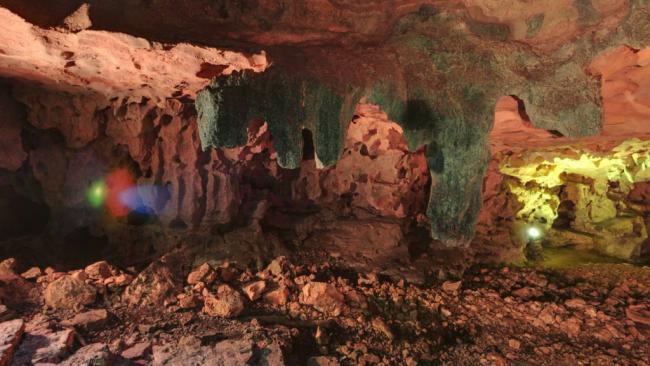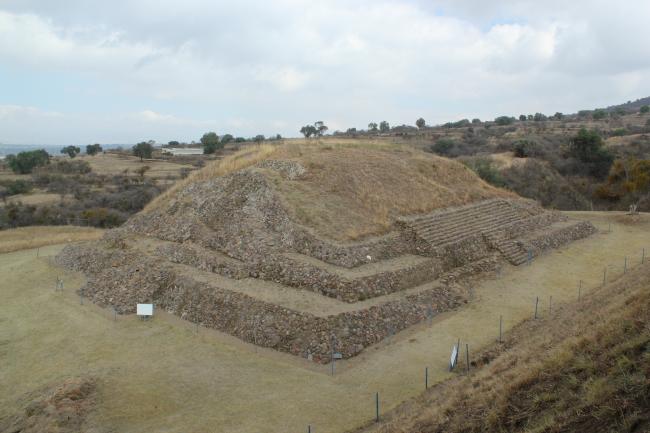
Zonas Arqueológicas
La Campana
With the Colima volcano in the background, this site is striking because of the design of its streets and buildings, as well as the numerous stone carvings found in its squares and courtyards. An example of the first urban settlements in Mesoamerica, it developed in parallel to Teotihuacan and…
La Ferrería
This was an important religious center as shown by the circular foundations of its temples, a pyramid with a sunken courtyard, ballcourts, altars and terraces, plus mural and cave paintings. Believed to have been the most populous and extensive site in the Guadiana Valley.
La Quemada
Its origin remains a mystery. Some authors associate it with Chicomoztoc, a mythical place that the Aztecs passed through on their way to the Valley of Mexico. A powerful center of government, at its height it governed over 220 settlements and produced very distinctive architecture.
La Venta
One of the first cities of ancient Mexico (1200-400 BC), set in a region of lush vegetation. The imprint of the mysterious Olmecas appears in the urban layout, the amazing stone sculptures—some of them weighing up to 35 tons—and the jade offerings found here.
Labná
Although this is a small city, it houses three jewels: its beautiful Arch of richly carved stone; the Palace, whose facade has numerous masks of the god Chaac, and the Mirador (lookout point). It was declared a World Heritage Site together with Uxmal, Sayil and Xlapak, under the title of the Pre…
Lagartero
John Lloyd Stevens described it as “a wild place of incomparable beauty…” The great civic and religious center is located on the island of El Limonal (lemon grove) and the rest of the vestiges are dispersed on little islands and peninsulas in present-day Lagos de Colón.
Lambityeco
Its main activity was trade and production of salt. Contemporary with Monte Albán, the Zapotec lineage established here left a historical artistic bequest of magnificent stucco reliefs and artefacts made of bone, as well as mural paintings that can still be seen.
Las Flores
This ancient Huasteca city (1000 – 1250 AD) is situated in the urban area of Tampico, whose growth has destroyed most of the site. However, there still remains the remarkable Pyramid of the Flowers, the study of which has thrown light on this culture.
Las Higueras
The greatest legacy of Totonac art. This site flourished between 600 and 900, and offers a unique insight into the development of the area's people through the astonishing murals of ritual scenes, temples, people, animals and symbols painted on the walls of its structures.
Las Pilas
Surrounded by springs, its inhabitants were highly adept in the management of underground water and they built a complex system of channels for collecting and storing water. It was a site for the worship of water, with remarkable burials in the channels.
Loltún
These caves provide a fascinating experience. Galleries and natural formations, with stone paintings and carvings, allow visitors a vision of primitive people in the region, and the domestication of plants and animals, until they became sedentary. The site dates back to 9000 BC.
Los Cerritos de San Cristóbal Tepatlaxco
Located very close to San Martín Texmelucan, the origin of the early settlers is unknown. A fortified site with a strong Olmec influence, it maintained trade relations with a number of villages in the Puebla-Tlaxcala valley. Most notable are the plinths built on the edge of the ravines.

